Hurricane researchers sent a marine drone into Hurricane Fiona, where it captured intense footage of the tropical storm. The research drone will help scientists better understand how tropical storms rapidly intensify.


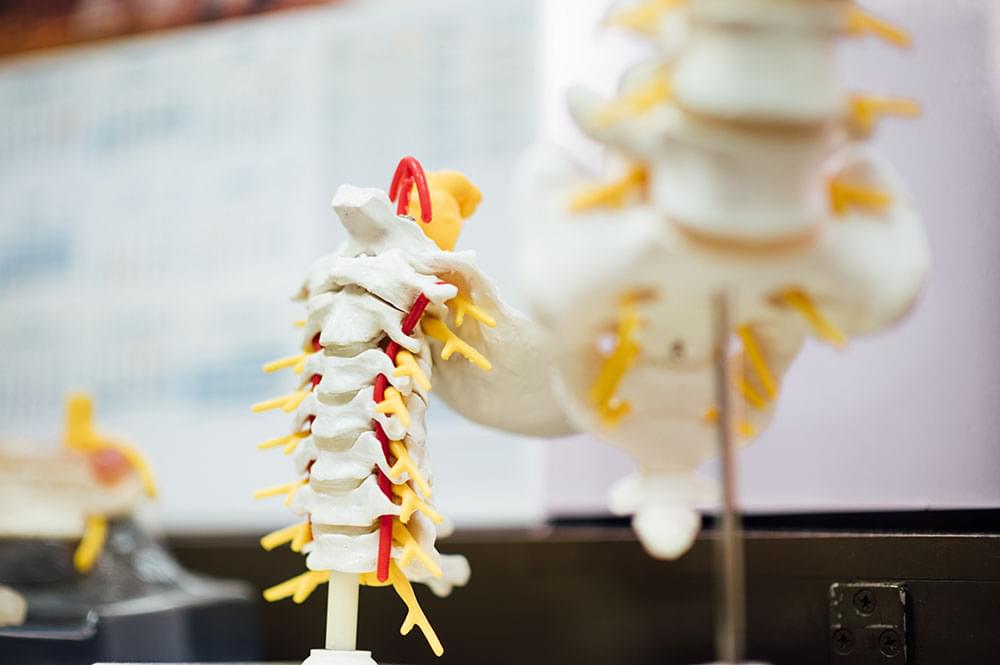
Few human injuries are as catastrophic as those to the spine. An accident, disease or act of violence affecting the spine can result in poor function – even paralysis – almost anywhere in the body.
The spinal column is enormously complex, with limited capacity for regeneration and any health implications are usually long-term and chronic.
While there is no known way to repair a spinal cord injury (SCI), scientists may be on the cusp of some important breakthroughs. New approaches are being taken to reverse the nerve damage, with some researchers attempting to reshape the architecture of the spinal cord using materials engineered in the laboratory.

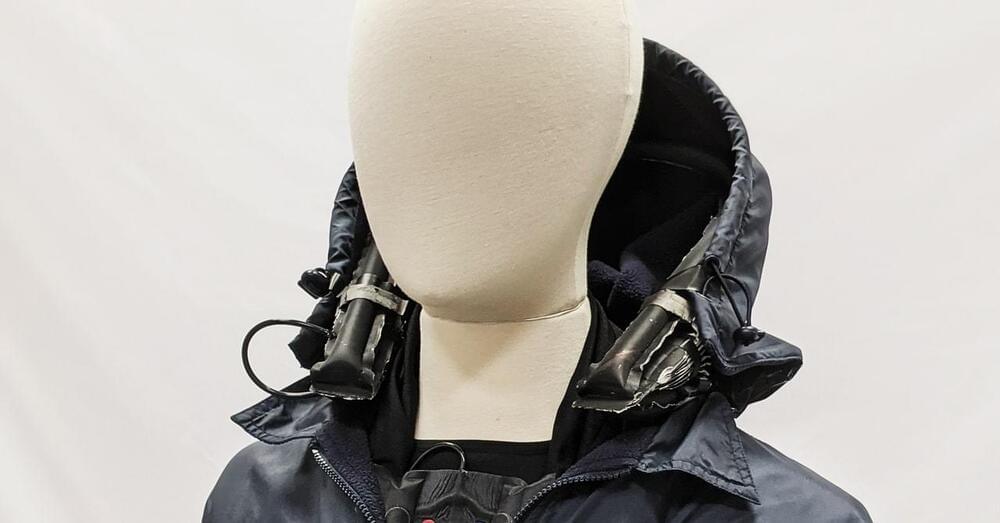
The existing jacket can perform one logical operation per second, compared to the more than a billion operations per second typical of a home computer, says Preston. In practice, this means the jacket can only execute short command sequences. Due to the speed of the logic, along with some other engineering challenges, Zhang says he thinks it’ll take five to 10 years for these textile-based robots to reach commercial maturity.
In the future, Preston’s team plans to do away with the carbon dioxide canister, which is impractical. (You have to refill it like you would a SodaStream.) Instead, his team wants to just use ambient air to pump up the jacket. As a separate project, the team has already developed a foam insole for a shoe that pumps the surrounding air into a bladder worn around the waist when the wearer takes a step. They plan to integrate a similar design into the jacket.
Preston also envisions clothing that senses and responds to the wearer’s needs. For example, a sensor on a future garment could detect when the wearer is beginning to lift their arm and inflate without any button-pressing. “Based on some stimulus from the environment and the current state, the logic system can allow the wearable robot to choose what to do,” he says. We’ll be waiting for this fashion trend to blow up.
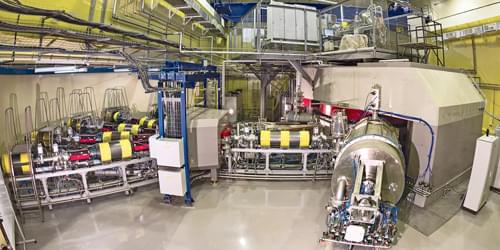
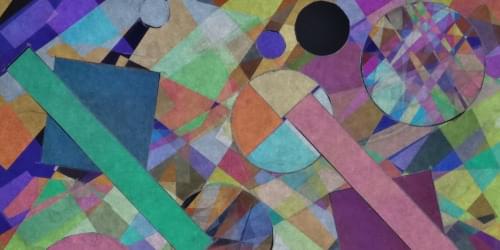
A physicist’s do-it-yourself art project makes vibrant images with a pair of polarizers and carefully placed layers of transparent tape.
When the COVID-19 pandemic shut down universities and offices across the world in spring 2020, finding new hobbies to stave off fear (and boredom) became paramount. While some took up cross-stitch or a new stretching routine, Aaron Slepkov, a photonics researcher at the University of Trent in Peterborough, Canada, turned to a physics-inspired art form called polage to occupy his time.
Polage, or polarization-filtered coloration, as Slepkov calls it, is a kind of collage that uses polarizers and thin films to create brightly colored artworks that transform depending on how you look at them. This metamorphosis is made possible by birefringence, an optical property of certain materials that changes the polarization state of transmitted light. Examples of birefringent materials include ice, calcite crystals, cellophane film, and transparent tape.
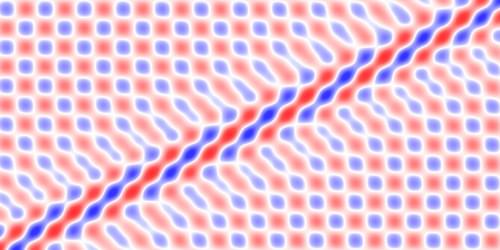

This year’s Breakthrough Prize in Life Sciences has a strong physical sciences element. The prize was divided between six individuals. Demis Hassabis and John Jumper of the London-based AI company DeepMind were awarded a third of the prize for developing AlphaFold, a machine-learning algorithm that can accurately predict the 3D structure of proteins from just the amino-acid sequence of their polypeptide chain. Emmanuel Mignot of Stanford University School of Medicine and Masashi Yanagisawa of the University of Tsukuba, Japan, were awarded for their work on the sleeping disorder narcolepsy.
The remainder of the prize went to Clifford Brangwynne of Princeton University and Anthony Hyman of the Max Planck Institute of Molecular Cell Biology and Genetics in Germany for discovering that the molecular machinery within a cell—proteins and RNA—organizes by phase separating into liquid droplets. This phase separation process has since been shown to be involved in several basic cellular functions, including gene expression, protein synthesis and storage, and stress responses.
The award for Brangwynne and Hyman shows “the transformative role that the physics of soft matter and the physics of polymers can play in cell biology,” says Rohit Pappu, a biophysicist and bioengineer at Washington University in St. Louis. “[The discovery] could only have happened the way it did: a creative young physicist working with an imaginative cell biologist in an ecosystem where boundaries were always being pushed at the intersection of multiple disciplines.”

Researchers have calculated the likelihood that a quantum state will decay when its evolution is inhibited by a dearth of final states.
Quantum systems are fragile, meaning a specific quantum state generally decays into other states over time. This decay process is formalized by Fermi’s golden rule (FGR), which in its traditional formalization applies when there exists an infinite continuum of states for the quantum system state to decay to—for example, when an excited atom emits a photon into a vacuum. Now Tobias Micklitz at the Brazilian Center for Research in Physics and colleagues have developed and solved a model showing how a quantum system evolves when its initial state is instead coupled to a finite set of states spread across discrete energy levels [1]. Micklitz says that their model could be the foundation for models of more complex, many-body quantum systems.
FGR-obeying systems occupy one end of a scale, where the coupling strength between the systems’ initial and final states is large relative to the energy gap between the various final states (zero for a continuum of states). At the other end of the scale, the coupling strength is much lower relative to this gap. A system that sits in this second regime remains in its initial state, as there are too few available final states for it to decay into.
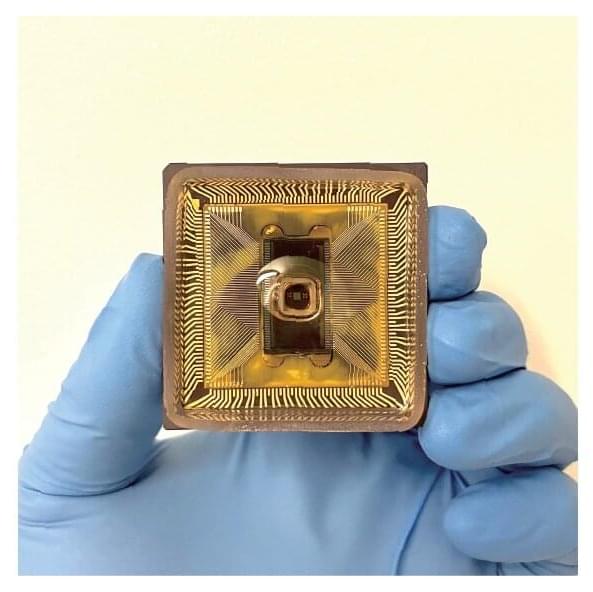
Microprocessors in smartphones, computers, and data centers process information by manipulating electrons through solid semiconductors, but our brains have a different system. They rely on the manipulation of ions in liquid to process information.
Inspired by the brain, researchers have long been seeking to develop “ionics” in an aqueous solution. While ions in water move slower than electrons in semiconductors, scientists think the diversity of ionic species with different physical and chemical properties could be harnessed for richer and more diverse information processing.
Ionic computing, however, is still in its early days. To date, labs have only developed individual ionic devices such as ionic diodes and transistors, but no one has put many such devices together into a more complex circuit for computing until now.